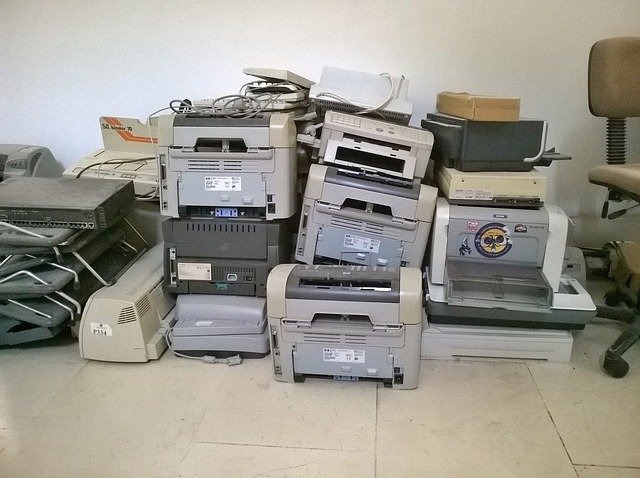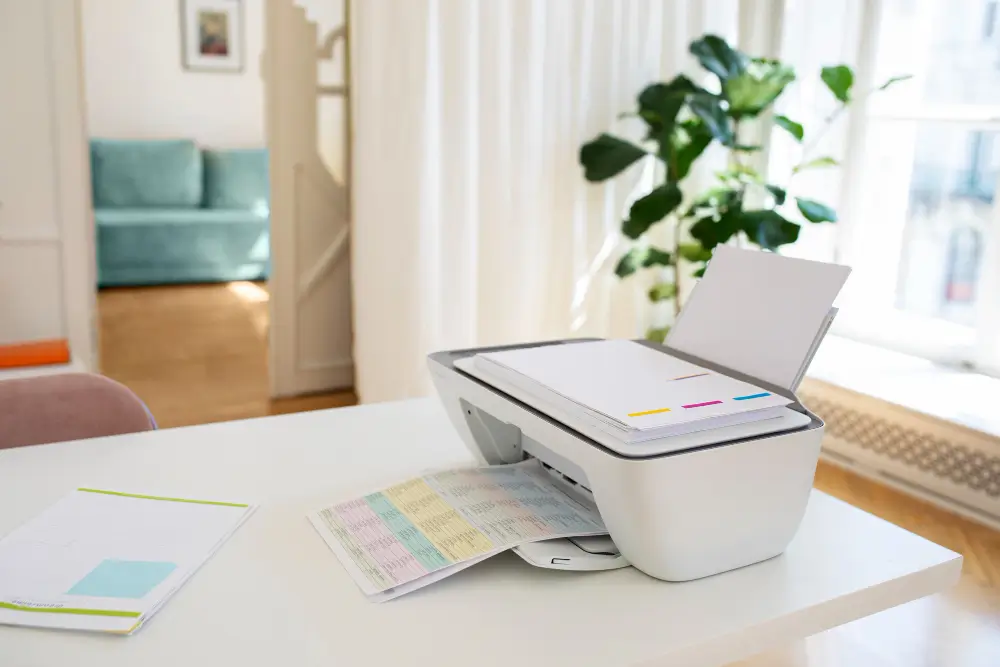Models of all types and every price range are available on the market, with extremely diversified specifications precisely about the use made of them; to orient oneself among the many proposals it is, therefore, necessary to read up on the main requirements that characterize them, especially taking into account the quality/price ratio, which remains the fundamental discriminant.
For example, those who need to produce a large number of prints, but do not have to print in color, can opt for a laser model; those who have to produce color sheets usually choose inkjet types.
If the need arises to make both prints and photographs, the most suitable models are those with dual function with 3-color inkjet plus 6-color photo inkjet.

Those looking for portable photo printing devices can opt for thermal sublimation printers.
The type of use, therefore, remains the main criterion that must inspire those who are preparing to choose a printer.
What is a printer and what is it used for:
The printer is a PC output peripheral unit, whose task is to print data from the computer previously selected by the user on paper.
By using it, the PC can transfer texts and/or images to paper.
Although it has been designed for a long time.
It is only since the 1970s that the equipment has become an increasingly refined and reliable digital device.
To avoid waiting for the completion of the printing process.
The economical and functional inkjet types are based on an operating process.
According to this, the quick-drying ink is launched onto the sheet, drying in contact with the air.
You get both black and white and color prints. Download Printer Driver
Main Features to Consider:
Regardless of the model, any printer is characterized by some parameters.
Interface: consists of the kind of connection to the computer.
Paper format: it connects to the thickness, size, and type of media on which the printer can operate (sheets, envelopes, cards, etc.); the most common and universally widespread format is A4.
Primary colors: these are the chromatic tones that can be used by the device for color prints.
There are monochromatic models (they use only black), trichromatic (they use magenta, yellow, and cyan), four-color (they use yellow, magenta, cyan, and black), and hex chromatic.
Resolution: indicates the number of dots that can be printed on the paper concerning the unit of length.
Density refers to the number of pixels that can be printed on paper.
Print speed: predicts the number of prints produced in the unit of time (pages per minute). It is greatly influenced by the type of print (color or B / W).
The printing process is always managed by special operating system software, whose effectiveness is conditioned by numerous variables.
The printers use cartridges (toner) containing the materials suitable for making the prints. Currently, most of the models operate in the second mode.
1. B / W and Color:
The number of printing colors is an extremely important factor, which must be carefully evaluated before purchasing a printer.
For those who have needs limited to B&W prints, the almost obligatory choice is that of a laser model, able to guarantee excellent yield at very advantageous costs.
On the other hand, those who need color prints must necessarily move towards inkjet printers, which can be 3 or 6 colors.
The photo printers are all of the second types and require the use of 6 different cartridges, which in some cases can be even more.
2. Dimensions:
The more the printer functions, the larger its dimensions will be: for example, a multi-function model takes up considerably more space than a basic one.
In most cases the printers currently available on the market are wireless and therefore can also be positioned away from the PC; in this way, their size is not a limiting factor.
Being able to take advantage of wireless connectivity, the device offers extremely advantageous performances, even at low costs and therefore it is always advisable to opt for these models.
3. Resolution:
The higher the resolution, the more perfect the quality of the prints.
The thermal sublimation models, used for photographic prints, do not exceed 300 PPI.
However, it must be considered that the thermal sublimation method allows the ink to be emitted in gaseous form.
In normal printers, the ink emission processes are much less sophisticated and therefore, to be sure of getting good prints. The resolution must be high.
1200 DPI is considered a good term of reference.
4. Print Speed:
The printing speed is an index to be taken into consideration if the printer is used intensively and therefore professionally.
Inkjet models can usually produce a page in between 5 and 15 seconds, while laser models print more than 20 pages per minute.
5. Interface:
Although often overlooked, this requirement should be considered more carefully because on many occasions it can make a difference.
While it may be enough for most users to be able to connect the printer to a computer, in some cases it may be necessary to have a network printer or a wireless one.
The wireless interface is now almost essential since the possibility of eliminating the clutter of wires is increasingly in demand.
Furthermore, it must be borne in mind that WiFi printers. It can also be used by remote mobile devices and does not require the presence of anyone to be activated.
Concerning the interface, It is necessary to evaluate the aspects inherent to the configuration and wiring.
6. Cartridges:
In this regard, there is the problem of choosing between original or compatible cartridges: the former has a much higher price but offers greater guarantees; the latter cost less but their characteristics could contribute to a rapid deterioration of the printer.
Printer ribbons are essential consumables for dot matrix and impact printers, providing reliable ink transfer for crisp and durable prints.
Home printers typically produce around 400 pages with one cartridge, while professional printers can run up to 5,000 copies on their own.
To keep costs down. The duplex mode is generally recommended.






